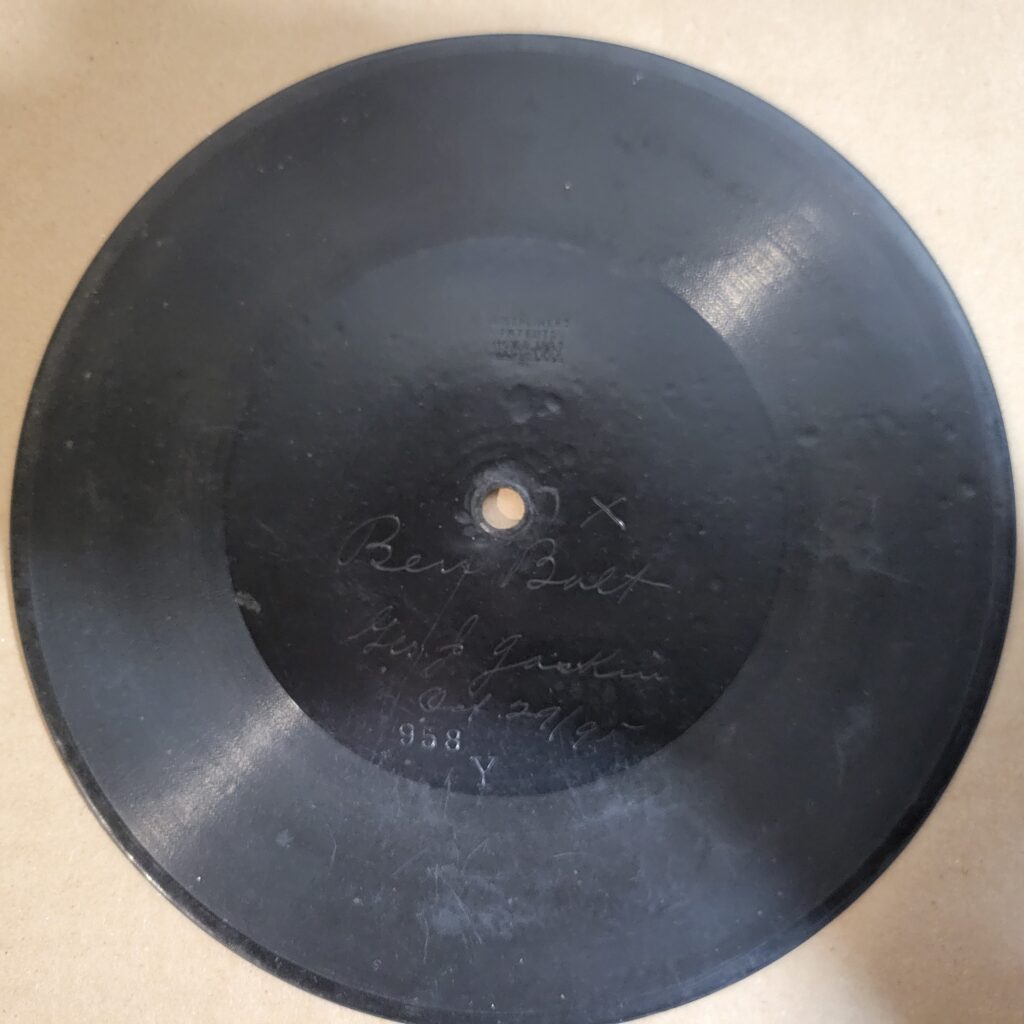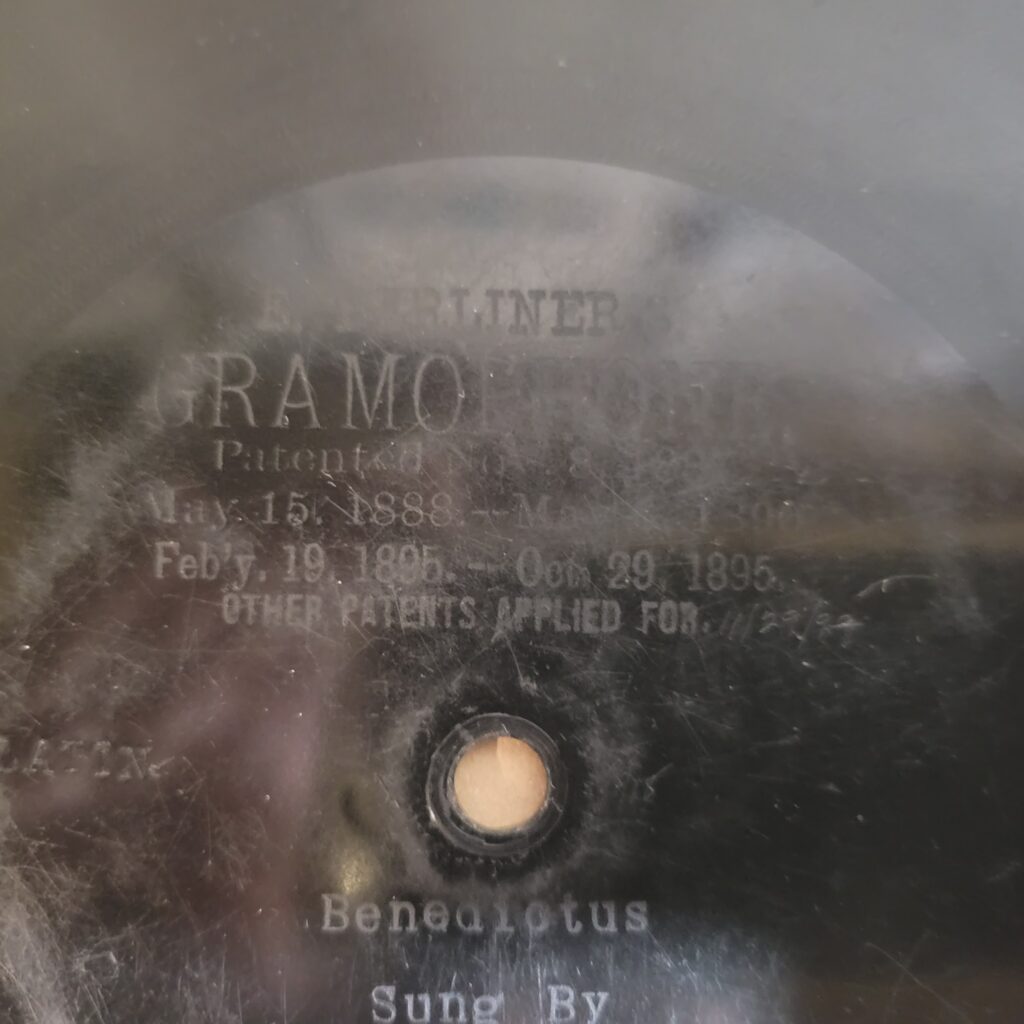Table of Contents
Think back. Think way, way back, to a time before recorded music. It’s difficult for us, today, with all the world’s music available to us on our phones. But there was such a time when music was only ever listened to live; it was played by family members and during gatherings, and was shared by teaching and by sheet music.
And then Emile Berliner changed the world.

The Berliner Grammophone was a device invented by German-born American inventor Emile Berliner in 1887. It was the first successful phonograph that used flat discs instead of cylinders to record and reproduce sound. The discs were made of zinc coated with a thin layer of wax, and they could be easily mass-produced by stamping them from a master recording. The discs were also more durable and cheaper than cylinders, and they could store more sound on each side. The first Berliner records, however, were single sided only.

The Berliner Grammophone was a breakthrough in sound technology, and it soon attracted the attention of entrepreneurs and musicians who wanted to use it for commercial purposes. In 1898, Berliner founded the Berliner Grammophone Company in Philadelphia, which became the first record label in the world. The company produced and sold discs with recordings of various artists, genres and languages, such as opera singers, bands, orchestras, speeches and folk songs. The company also established branches in Canada, England, France and Germany, creating a global network of distribution and production.
The Berliner record label was known for its high-quality recordings and its innovative marketing strategies. It introduced the concept of album covers, which featured artwork and information about the artist and the disc. It also created the famous trademark of a dog listening to a gramophone, which was inspired by a painting by Francis Barraud called “His Master’s Voice”. The trademark became one of the most recognizable symbols in the music industry, and it is still used today by some record labels.
The Berliner Grammophone and the Berliner record label had a huge impact on the development of music and culture in the 20th century. They made music more accessible and affordable to the masses, and they helped spread musical styles and influences across borders. They also paved the way for other record labels and sound technologies that followed. The Berliner Grammophone and the Berliner record label are truly historical landmarks in the history of music.
